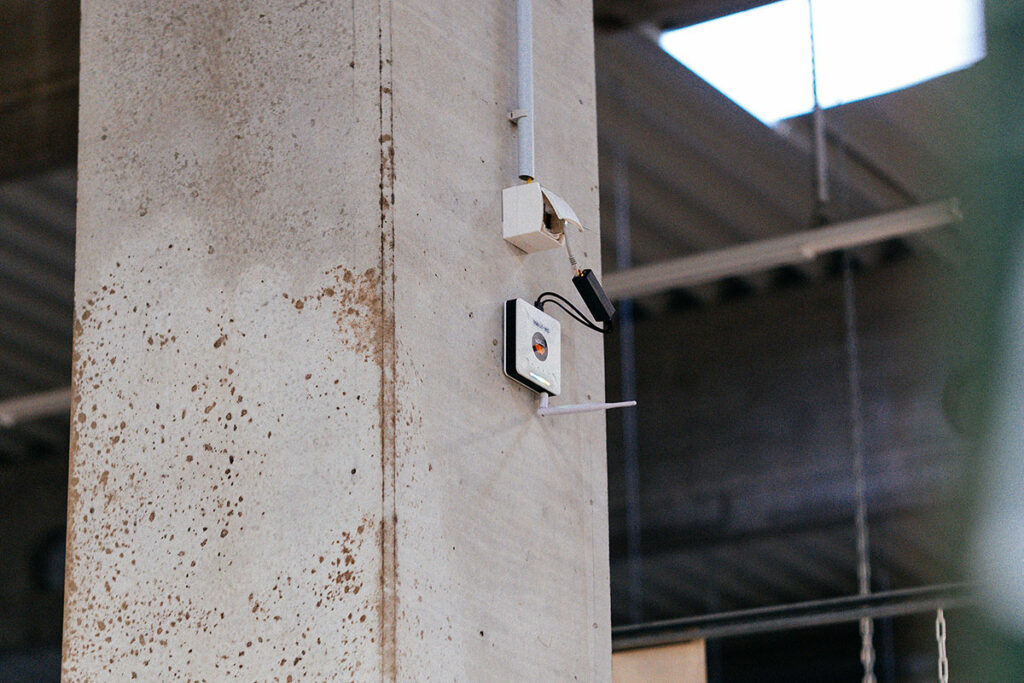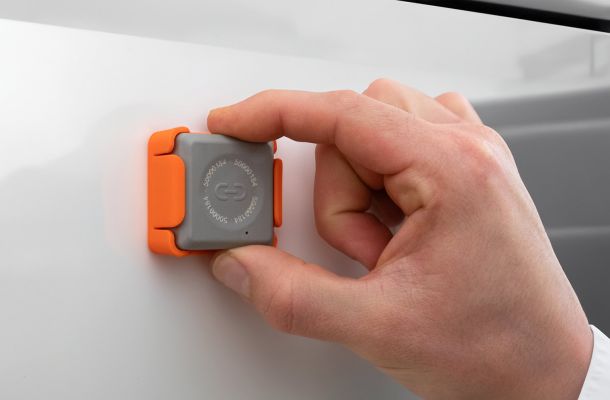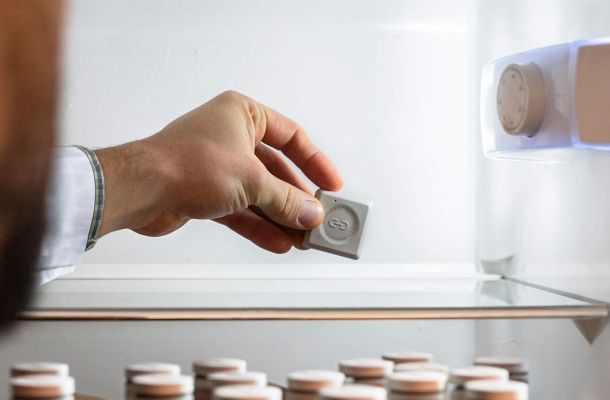LoRa® and LoRaWAN® simply explained
When dealing with digitalization, smart cities or the Internet of Things (IoT), the importance of energy-efficient wireless technologies is obvious. In this context, we are increasingly hearing about the LoRa or LoRaWAN radio standard. But what is it actually and how does it differ from other radio technologies?
First of all, we need to look at the big picture. LoRaWAN stands for "Long Range Wide Area Network", which means network with a long range. The network was developed specifically for the IoT (Internet of Things), i.e. the networking of objects and machines. As a rule, it consists of three components:
- Sensors and LoRa transmitters (Colloquially also called "end node"): Capture data and send it to a gateway via LoRa.
- LoRa Gateway: Receives data from the sensors and forwards it to a server.
- Server/Cloud: Receives, processes and visualizes data.
LoRaWAN thus describes the entire structure of the network and the communication between the individual components.
LoRa Lora, on the other hand, stands for "Long Range" and refers to the radio technology that enables the communication link over long distances. The radio technology is used exclusively in the communication between the sensors and the gateways.

What about the security of wireless technology?
Due to the high energy efficiency of radio technology, it is possible to operate devices for very long periods of time despite radio. It is therefore important that the technology's security mechanisms are future-proof. LoRaWAN therefore uses standardized end-to-end encryption algorithms. The data to be transmitted is therefore encrypted on the sender side and only decrypted again at the receiver. The key required for this is exclusively in the possession of the receiver. (Source: LoRa Alliance)
Operation in private or in community network?
The open source principle of LoRaWAN enables operation both in one's own network and the use of so-called community networks. If you only want to operate in a limited area, it can make sense to operate your own gateways and servers. If, however, one is dependent on an extensive network, one can, for example, fall back on the community network "The Things Network (TTN)".
The Things Network (TTN)
The Things Network is a global, open and decentralized network funded by a community. The goal of the TTN is to establish a global IoT radio network based on LoRa. So anyone who is part of the TTN and operates their own gateway also supplies their surroundings and contributes to a nationwide radio network. In this way, private individuals can also contribute to coverage.
Comparison with other wireless technologies
Wireless technologies such as Bluetooth and WLAN achieve maximum ranges of up to 100 meters under optimum conditions. In most cases, this is not sufficient for industrial applications, since company premises or construction sites often extend over larger areas. In addition, transmitting with WLAN requires about three times as much energy as transmitting with LoRa, making it rather unsuitable for battery-powered sensors.
Narrowband IoT (NB-IoT) radio technology is also one of the trend setters in the IoT. It is equally convincing in terms of energy efficiency and a long range. Nevertheless, the technologies differ in many respects. The biggest difference is in the structure of the network. While the network structure of LoRaWAN in most cases consists of sensors, gateways and servers, NB-IoT relies on an existing mobile network. Thus, all that is needed is a compatible sensor. The network for data exchange is provided by telecommunications providers. However, this means that costs are incurred in the form of data tariffs (SIM card) for using the network.
| LoRa | WiFi | NB-IoT | Bluetooth | |
|---|---|---|---|---|
| Frequency | 868 MHz | 2,4 GHz 5 GHz |
800 MHz 900 MHz 1800 MHz |
2,45 GHz |
| Building penetration | + | – | + | – |
| Energy demand | + | – | + | + |
| Operating costs | + | + | – | + |
The benefits
- High range of up to 10 km
- Good penetration of buildings. Reaching basement rooms or goods in freight containers is possible without any problems.
- Very low power requirements ensure maximum battery life for the sensors.
- LoRaWAN is open source. So there are no license fees or charges for data transmission.
Possible applications
With its long range and low power consumption, LoRa is particularly suitable for sensors or applications in which small amounts of data are sent at long intervals. This includes, for example, control commands, status messages or updated sensor data.
In the smart city sector, for example, this can be used to monitor parking space control with parking space sensors. In addition, waste containers can be equipped with fill level sensors so that waste disposal companies can optimize their routes.
In the field of logistics, LoRa sensors can be used for tracking goods or transport monitoring.
LoRa sensors are also ideal for fleet management or asset tracking, i.e. monitoring goods or equipment.


